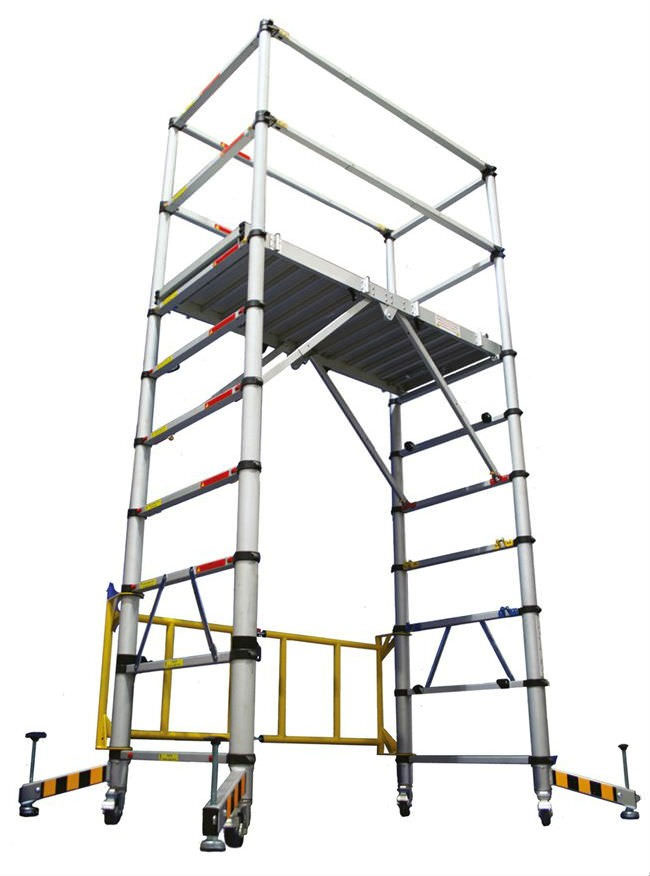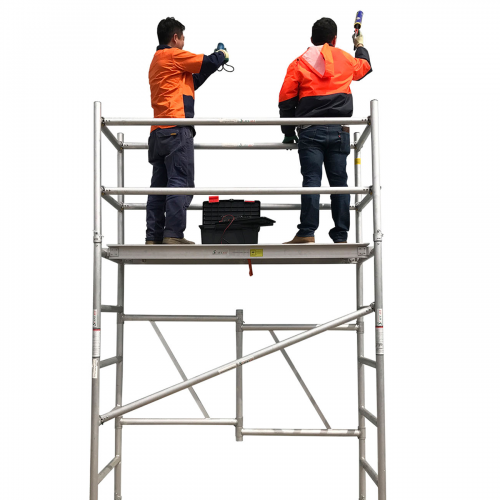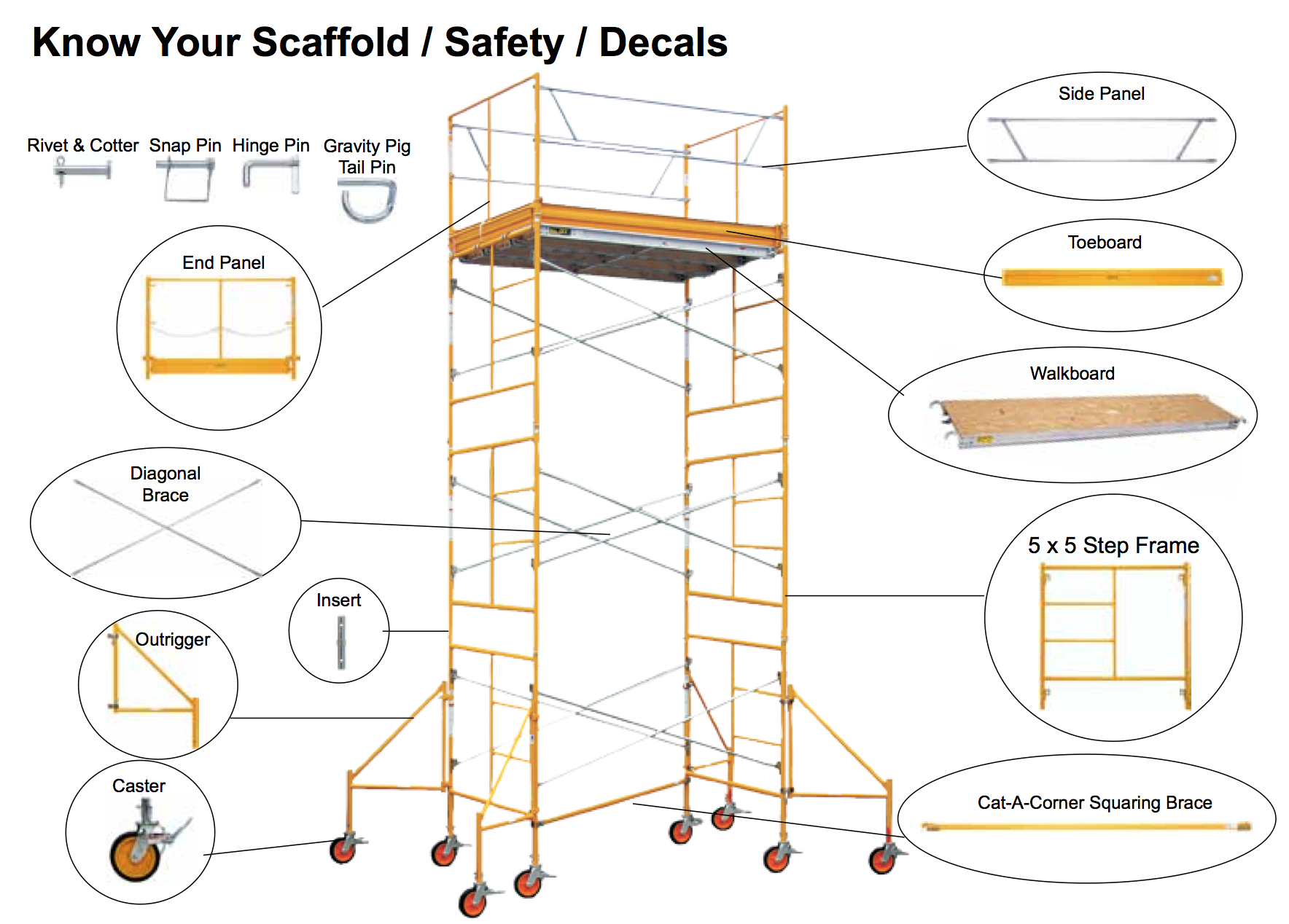Scaffold Dismantling Safety: Procedures to Follow
Staying Clear Of Typical Scaffolding Errors: Best Practices ===========================================================
To avoid typical scaffolding blunders, adhere to finest techniques: strategy meticulously for safety and security and performance, pick top quality materials like steel or light weight aluminum, assurance protected assembly using correct fastening methods, give complete employee training on risk-free practices, carry out loss avoidance actions like guardrails, and observe laws through routine inspections and paperwork. Correct preparation, material choice, assembly, employee training, safety measures, and compliance with laws are crucial. This concise overview highlights essential action in scaffold security.
Relevance of Proper Scaffolding Planning
Reliable scaffolding preparation is crucial for making certain the safety and efficiency of construction projects. Correct style and reliable use scaffolding are crucial aspects that should be thought about throughout the preparation stage. Correct layout involves creating a detailed layout that takes into consideration the particular needs of the project, consisting of the elevation, weight ability, and load-bearing capacities required. By guaranteeing the scaffolding is created properly from the start, potential hazards and safety and security risks can be decreased.
Reliable use of scaffolding includes using the framework in a way that maximizes performance while preserving safety criteria. This includes guaranteeing that the scaffolding is set up according to the manufacturer's standards and sector policies. Proper training of employees on exactly how to make use of the scaffolding appropriately is likewise important to stop accidents and injuries on the construction website. Additionally, normal evaluations and maintenance of the scaffolding are vital to determine any problems early and address them quickly.
Choosing the Right Scaffolding Materials

Choosing the appropriate scaffolding products is a crucial decision that substantially influences the security and performance of construction tasks. Proper maintenance and material option are key aspects to ponder when selecting the ideal scaffolding products.
When it involves material choice, it is essential to select high-grade materials that satisfy safety criteria. Steel and light weight aluminum prevail choices because of their toughness and stamina. Steel scaffolding is durable and suitable for sturdy jobs, while aluminum scaffolding is light-weight and corrosion-resistant, ideal for jobs calling for frequent setting up and disassembly.
Correct maintenance of scaffolding materials is essential to ensure their durability and safety and security. Regular evaluations ought to be carried out to recognize any indicators of wear and tear, corrosion, or damage. Any type of harmed elements ought to be fixed or changed without delay to stop accidents on the construction site.
Ensuring Secure Scaffold Setting Up
To assure protected scaffold assembly, it is important to follow a precaution list, conduct appropriate equipment assessments, and utilize secure attaching strategies.
These methods are necessary in preserving a risk-free work environment and protecting against crashes or injuries on construction sites.
Precaution Checklist
Guaranteeing a safe scaffold setting up demands careful focus to precaution throughout each step of the construction process. Security training plays a crucial duty in furnishing workers with the understanding to identify potential threats and perform correct safety and security procedures.
Prior to commencing work, making certain that all personnel entailed have undergone comprehensive security training is essential to stop accidents and injuries. Furthermore, comprehensive equipment evaluation prior to scaffold setting up is necessary to confirm that all parts remain in great problem and satisfy safety criteria.
Frequently inspecting tools, materials, and the scaffold structure itself can help identify any kind of prospective risks and make sure a safe workplace for all workers involved in the assembly procedure.
Appropriate Equipment Evaluation

Checking the equipment completely prior to scaffold assembly is a vital action in making sure a safe work environment for all workers entailed. To guarantee equipment security and proper functionality, adhere to these inspection procedures:
Aesthetic Assessment: Check for any noticeable damage, rust, or missing out on components on all parts.
Useful Evaluating: Make certain that devices such as securing pins and flexible parts are working appropriately.
Tons Capacity Verification: Validate that the scaffold can securely sustain the intended weight by reviewing supplier specs and capability tags.
Adhering to these evaluation procedures is vital in keeping a safe scaffolding arrangement. By prioritizing equipment safety through comprehensive assessments, the threat of mishaps and injuries can be significantly reduced.
Safeguard Attachment Techniques
Maintaining a safe scaffold setting up depends greatly on implementing precise and trustworthy securing strategies. Fastening security is extremely important to assure the safety and stability of the scaffold framework.
Protected connections between various scaffold components, such as frameworks, dental braces, and systems, are vital to stop crashes and structural failures. Utilizing compatible bolts and adhering to manufacturer guidelines for tightening up torque requirements are essential steps in achieving a robust scaffold setting up.
Inspecting attachments frequently for indications of wear, corrosion, or loosening is also imperative to promote the stability of the scaffold. By prioritizing fastening stability and making certain secure links throughout the scaffold, building and construction teams can dramatically reduce the threats connected with scaffold assembly and usage.
Regular Examination and Maintenance Procedures
Regular examination and maintenance treatments are important elements of making certain scaffold security. Set up assessments assist determine potential issues prior to they intensify, while punctual repairs attend to any type of problems quickly.
Paperwork of these procedures is important for regulative compliance and maintaining a risk-free working environment.
Scheduled Inspections for Security
To assure the safety and security and long life of scaffolding frameworks, necessary checks and timely upkeep are important practices. Implementing a comprehensive safety audit and adhering to a strict assessment schedule are vital components in making sure the structural stability of scaffolding.
Right here are 3 essential actions to ponder:
- Conduct regular safety audits to examine possible dangers and compliance with security criteria.
- Establish an in-depth inspection routine that describes when and exactly how assessments will certainly be accomplished.
- Train personnel responsible for assessments to recognize safety concerns and carry out needed maintenance jobs without delay.
Prompt Repairs When Required
Examining scaffolding frequently for security is vital to without delay attend to any kind of repairs needed to keep architectural stability. Timely repairs are required to assure the safety and security of employees and the stability of the structure. Developing regular upkeep schedules can help in determining possible issues at an early stage. https://hamptonwickscaffolding.co.uk
Normal assessments must include looking for loosened screws, damaged parts, or any kind of indicators of wear and tear. Any kind of identified troubles must be dealt with without delay by qualified personnel to prevent accidents or structural failures. Keeping thorough records of maintenances can assist in tracking the scaffolding's condition in time.
Documentation for Compliance
Carrying out a complete paperwork system for compliance with normal evaluation and maintenance procedures is crucial for assuring the safety and structural stability of scaffolding. To accomplish this, think about the following:
Normal Evaluations: Conduct arranged inspections to determine any kind of issues without delay.
Upkeep Records: Maintain in-depth documents of upkeep tasks and repair services.
Security Training Documents: Make certain all personnel associated with scaffolding work have actually received correct security training and maintain documents to demonstrate conformity.
Training Workers on Safe Scaffolding Practices
Proper training of workers on risk-free scaffolding techniques is essential to assure a safe and secure working environment on building and construction websites. Employee supervision plays a critical duty in making sure that employees stick to safety protocols when working with scaffolding. Safety training ought to cover appropriate assembly and disassembly of scaffolding, appropriate fitting of guardrails and toe boards, safe handling of materials on elevated platforms, and treatments to prevent drops. It is essential that workers are fluent in acknowledging possible hazards, such as unpredictable ground problems, overhead high-voltage line, or stormy climate, and understand how to reduce these threats properly.
Regular safety meetings and correspondence course can assist reinforce the relevance of risk-free scaffolding methods and maintain workers educated regarding any type of updates in safety and security policies. Employers should likewise provide access to personal safety tools (PPE) and guarantee that workers are learnt its correct usage. By focusing on thorough safety and security training and constant employee supervision, building business can reduce the probability of scaffolding mishaps and create a more secure work environment for all staff members included.
Compliance With Scaffolding Laws
To assure a safe working environment on building websites, rigorous adherence to scaffolding policies is vital. Regulatory compliance and safety standards need to go to the center of every construction job to alleviate dangers and ensure the wellness of workers.

Right here are three bottom lines to consider concerning conformity with scaffolding laws:
Regular Examinations: Conduct constant examinations of the scaffolding structure to recognize any type of prospective dangers or issues that can compromise its honesty. Inspections must be carried out by qualified professionals and documented as necessary.
Training and Certification: Make certain that all workers servicing or around scaffolding are correctly trained and licensed to do so. This consists of understanding security procedures, appropriate assembly, and taking down treatments, in addition to emergency action measures.
Documentation and Record-Keeping: Preserve comprehensive records of examinations, training accreditations, and any modifications made to the scaffolding. Paperwork not only shows governing conformity however additionally works as a useful resource for future reference and improvement.
Regularly Asked Questions
What Are Some Usual Blunders to Avoid When Dismantling Scaffolding?
When dismantling scaffolding, it is important to utilize appropriate strategy to prevent mishaps. Routine devices upkeep is essential for risk-free operations. Sticking to these methods assures a safe workplace and minimizes threats.
Just How Can Weather Condition Issues Effect the Safety And Security of Scaffolding Frameworks?
Weather effects can significantly influence the security of scaffolding structures. Rainfall can endanger architectural security, causing prospective collapse. Keeping track of weather and taking necessary precautions, such as protecting the scaffolding, are vital to keeping a safe workplace.
Exist Details Guidelines for Utilizing Scaffolding on Irregular or Sloped Surface Areas?
When servicing irregular or sloped surfaces, security worries are critical. Comply with specific guidelines for correct arrangement, making certain safety and security preventative measures are in place. Regular devices maintenance is vital to maintain security and prevent accidents in such situations.
What Should Be Done if an Employee Encounters a Safety Concern While Utilizing Scaffolding?
If an employee comes across a security problem while utilizing scaffolding, they need to immediately stop work, report the problem to their manager complying with the reporting procedure, and if needed, turn on the emergency reaction procedure to guarantee every person's safety.
How Commonly Should Scaffolding Tools Be Replaced or Updated to Make Certain Safety And Security?
Scaffolding tools need to be changed according to a fixed schedule based upon manufacturer standards and usage frequency. Upgrading frequency ought to straighten with technological advancements. Regular inspections and appropriate upkeep are essential to ensure security conformity.
Verdict
To sum up, correct scaffolding planning is essential. This includes picking suitable materials, ensuring secure assembly, performing normal examination and upkeep, training employees on secure practices, and making certain compliance with policies. By complying with these ideal techniques, the threat of mishaps and injuries can be substantially reduced, creating a more secure work environment for all people associated with scaffolding procedures.
This comprehensive technique to scaffolding safety and security emphasizes the value of detailed planning, reliable interaction, and ongoing vigilance in preserving a safe work environment.